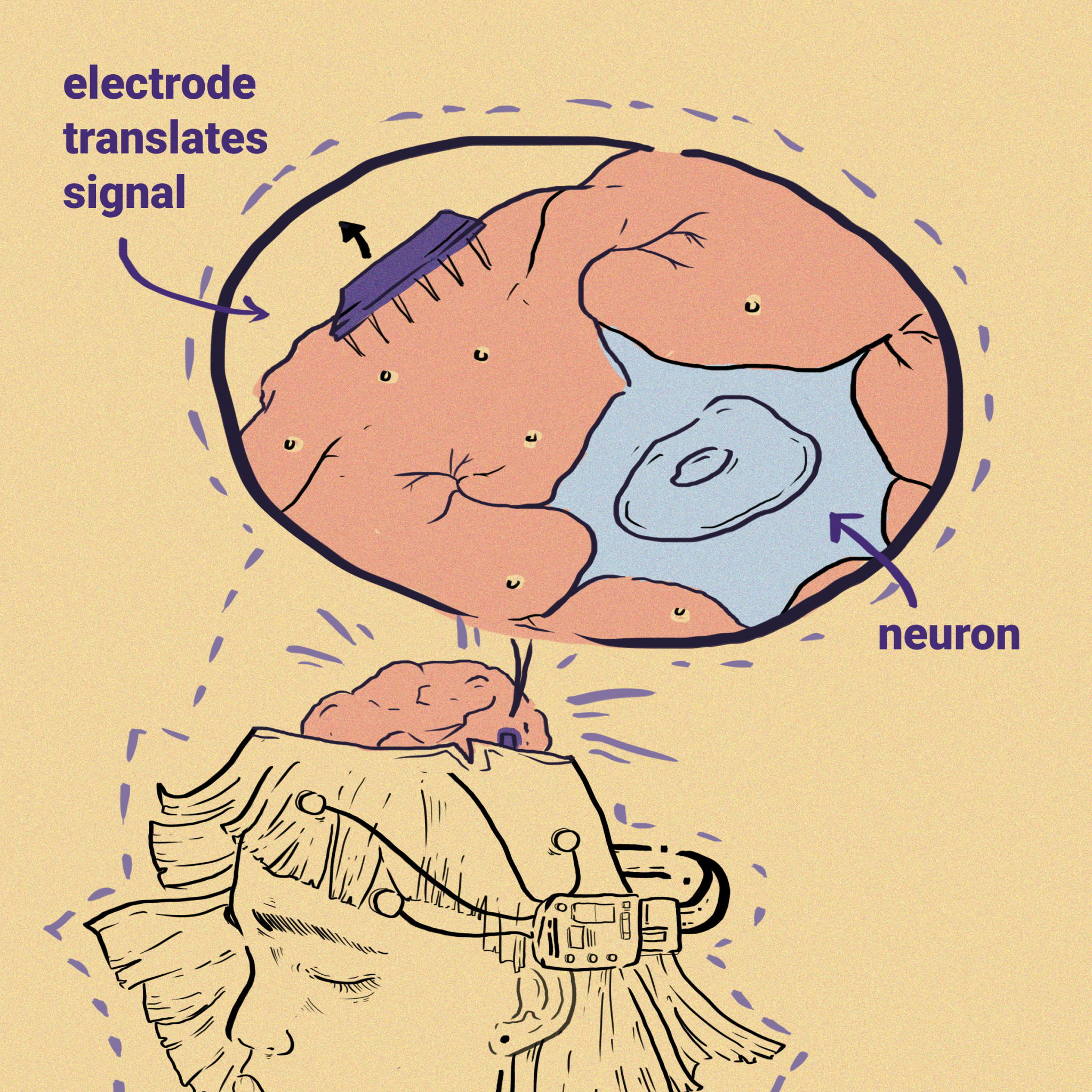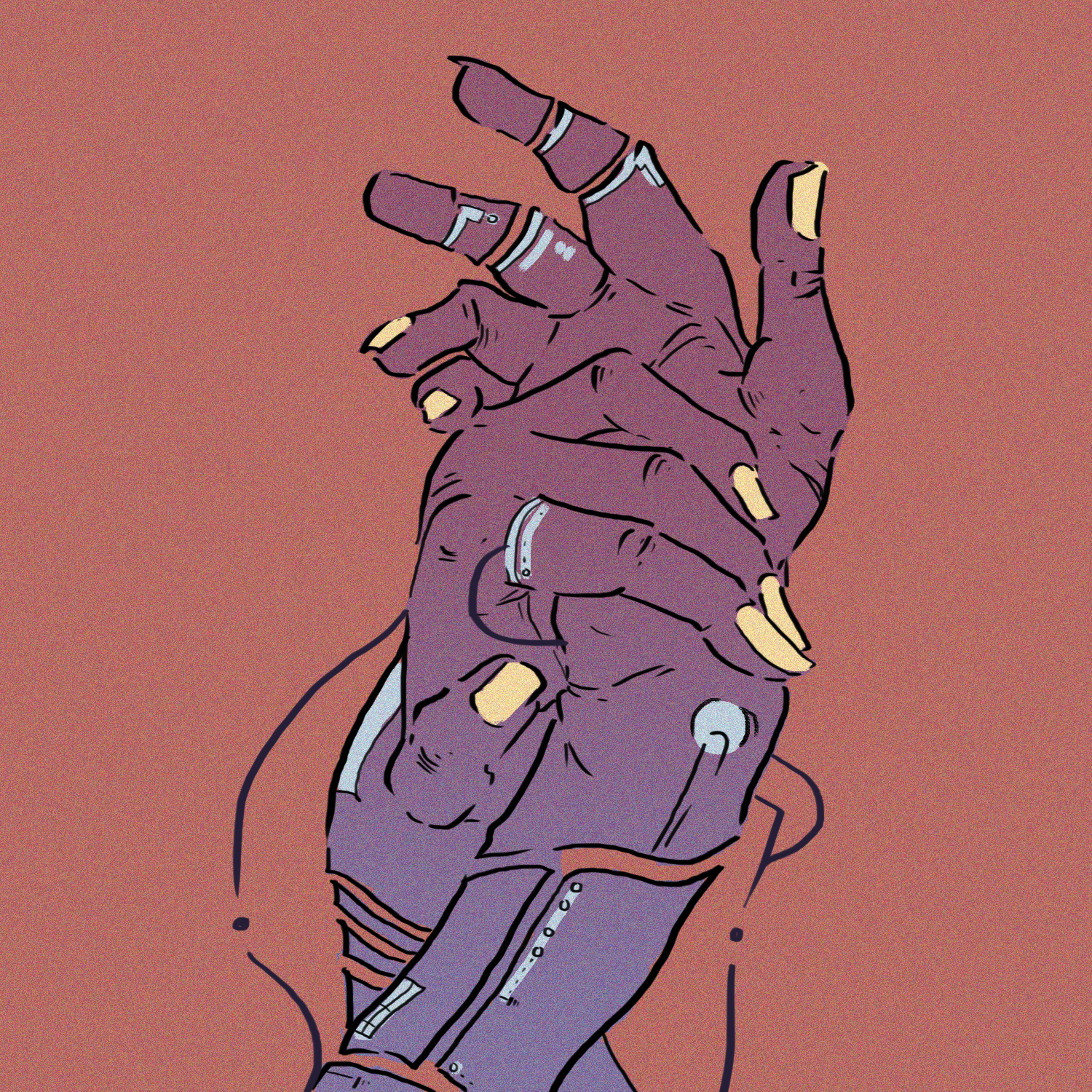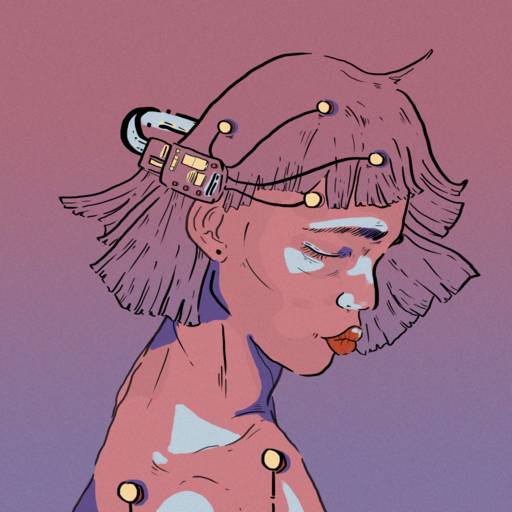Not long ago, the idea that the brain could directly control external devices only existed in the world of science fiction novels. However, with the development of brain-computer interfaces (BCIs), people can now move a robotic arm or a mouse cursor on a computer screen using only their thoughts. Brain-computer interfaces are designed to convert neuronal electrical activity into signals that computer programs can read in order to produce a desired output. Because of the direct interaction between the brain and devices, BCIs play a huge role in helping individuals with sensorimotor disabilities caused by limb loss, stroke, and spinal cord injury [1]. BCI users can send motor commands to external devices such as a prosthetic arm or a whole-body exoskeleton [2]. Likewise, users experience the sensations of touch and proprioception of their artificial limbs through electrical stimulations of the sensory areas of the brain [3]. Exploring the origins and applications of BCIs reveals exciting possibilities for these technologies in the medical world.
Background
BCI research advanced after researchers showed how monkeys learned to use specific populations of neurons to perform various complex tasks. Fetz et al. operantly conditioned six Macaca mulatta monkeys to control the activity of precentral motor cortex neurons to flex and extend their arms and legs [4]. Operant conditioning is a type of learning where a behavior is reinforced through particular consequences. In the study, the monkeys received food rewards for passively moving their limbs while being recorded. Fetz et al. demonstrated that if a cell is involved in a specific motor movement, the resultant action can be elicited through conditioned bursts of activity in that specific cell. The specific activity patterns become associated with discrete movements such as the slight bending of a limb [4]. With this discovery, other researchers hypothesized that small populations of neurons could be trained to become associated with performing complex tasks, such as moving the fingers of a prosthetic arm [5]. Those voluntary commands would then be recorded and analyzed by BCI software to produce a motor output. As a result, BCIs could help restore motor function for people with spinal cord injuries and help amputees control their prostheses.
Applications
BCI technologies serve as an important link between the brain and prosthetics because they transmit the motor command signal from the brain using computer algorithms [5]. Individuals can learn how to use specific populations of neurons through training with the BCI. The brain also re-ceives somatosensory feedback, which is sensory input coming from the prosthetic limb to the somatosensory cortex, a part of the brain responsible for processing sensory information [5]. One way of receiving sensory input is through a technique called intracortical stimulation. Tabot et al. applied this method by using implanted electrodes to stimulate neurons in the somatosensory cortex [6]. Thus, BCIs are important because they relay the brain’s commands to the prostheses, which then decode the signals to produce physical movement [6].

BCIs are also used to develop robotic exoskeletons to help people with paralysis who have suffered a spinal cord injury or stroke. To create accurate motor movements of an exo-skeleton, Kawase et al. used electromyography (EMG) to record and evaluate electrical activity in the skeletal muscles [7]. BCI software then incorporated that information to produce accurate joint torques of robotic limbs. Their research found that the combination of exoskeleton movements and estimated joint angles in the arms and legs helped produce accurate and natural movements [7].
Conclusion
By using BCIs, current research projects have made tremendous progress in recording the brain’s neural activity. Being able to record the activity of many neurons is important because thousands of neurons are involved in producing a single action, such as lifting a prosthetic arm. In the future, researchers will focus on creating computer programs involving new mathematical algorithms. These algorithms will convert electrical signals into high precision commands to increase the utility of the prosthetic limbs [2]. Advancements in BCI research may make it possible to completely restore motor movements.
The future developments in this field include making implanted electrode interfaces used for recording wireless signals and improving exoskeleton designs and costs. This would allow for wider clinical application and make BCIs easier to use [8]. With new BCI technologies, people may be able to regain or increase their independence and improve their quality of life. Severed neural connections, essential to our lives, can be mended through machinery and engineering.

References
- Birbaumer N., Cohen L. G. (2007). Brain–computer interfaces: communication and restora-tion of movement in paralysis. Journal of Physiology, 579, 621 – 636.
- Lebedev, M., Tate, A., Hanson,T.,II Li, Z., O’Doherty, J., Winans, A., Ifft, P., Zhuang K., Fitz-simmons, N., Schwarz, D., Fuller, A., An J., Nicolelis, M.(2011). Future developments in brain-machine interface research. Clinics (Sao Paulo), 66: 25–32.
- Lebedev, M., Nicolelis, M. (2006). Brain–machine interfaces: past, present and future. Trends in Neuroscience. 29: 536–546.
- Fetz, E., Baker M. (1973). Operantly Conditioned Patterns of Activity and Correlated Re-sponses Cells and Contralateral Muscles. Journal of Neuroscience, 179-204.
- Eapen, B., Murphy, D., Cifu, D. (2017). Neuroprosthetics in amputee and brain injury rehabili-tation. Experimental Biology, 287(4), 479–485.
- Tabot, G., Dammannb, J., Bergb, J., Tenorec, F., Bobackb J., Vogelsteinc, J, Bensmaiaa, S. (2013). Restoring the sense of touch with a prosthetic hand through a brain interface. Proc-lamation of the National Academic of Science of U.S.A., 110(45),18279-84.
- Kawase, T., Sakurada T., Koike, Y., Kansaku K. (2017). A hybrid BMI-based exoskeleton for paresis: EMG control for assisting arm movements. Journal of Neural Engineering, 14.
- Rosenfeld J., Wong Y. (2017). Neurobionics and the brain–computer interface: current appli-cations and future horizons. The Medical Journal of Australia. 206 (8): 363-368.
